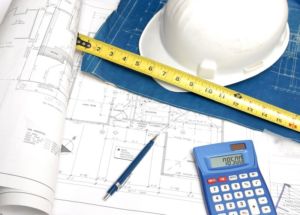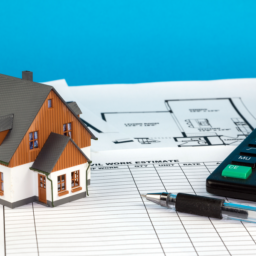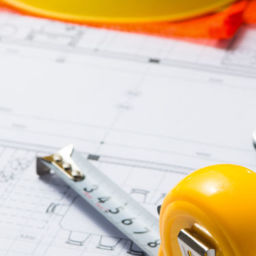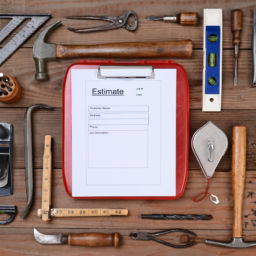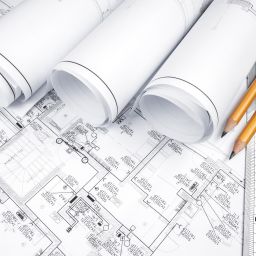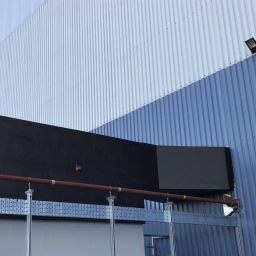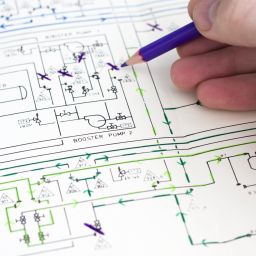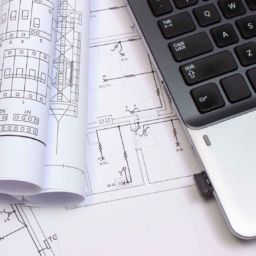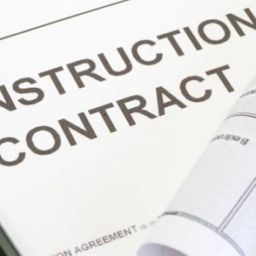
While some people might not realise it, construction estimating is probably one of the most important stages of any in construction, more so than delivery in our opinion.
A high-quality estimate will contribute to the growth of your business, and will also make your company more profitable. But how can you get more accurate estimates? Here are a few tips:
Please note, we will be using insulation as an example in this blog but you can interchange insulation with mechanical, electrical or any trade in most circumstances.
Why is accuracy so critical in insulation estimation?
The time and resources you spend in getting a proposal together is a business investment in itself. The return on this investment is only possible when you win the bid with a profit margin.
The construction industry can be quite expensive, and costs can vary widely between contractors, regions and a whole host of other reasons. Whether a project is small or large, it’s critical to get a good estimate so you can ensure that you don’t end up in a bind which costs you.
Therefore, your insulation estimates need to be as accurate as they possibly can. They help you protect your profit margins and grow your business, all the while making a good name for you and your company. Even a slight error or miscalculation in the estimate can eat away your profit margins, forcing you to break even or worse, lead to cost overruns.
If you do not plan outsourcing your estimating and do not have an estimating team inhouse, you need to have an efficient system or workflow in place to get accurate estimates every time you work on a project.
construction estimating, Select the right work to bid on:
Selecting the correct type of work to bid is the first step. It is safer to bid on jobs that are within your niche and that you have experience in.
When you bid on projects outside your niche, there is a learning curve involved, which means you are more likely to make mistakes throughout the estimating and execution phase even if you win the project.
To assist you with projects outside your area of expertise, you can always outsource estimating to a reputable, reliable estimating service who can fill in the gaps in your knowledge.
Collect data and Information:
A clearly defined scope is a must before you begin estimating insulation.
Try your best to collect all the information necessary to arrive at an accurate estimation and deliver the project successfully. Requests for information or RFI’s for short are your friend.
Visiting the job site is a must if possible as well. This is why bidding on projects local to you or your team is preferable. When you visit the site, you will know about any vehicle restrictions or environmental concerns in the area.
It’s also important to use a database of material costs and potential suppliers. Creating a database is essential for accurate estimating.
Gather information from your suppliers and manufacturers on the likelihood of material price increase or shortage, the requirement of using speciality labour, the need for specialised equipment, their rentals and all the factors that directly or indirectly influence your project estimations.
Checklists and Templates:
Having a checklist for each project will minimize the chance of forgetting some details.
Using a template will save you time and allow you to add specific items to a building or job. This way, you’ll avoid having to start from scratch on certain elements of the tender process. A template will let you make changes as you go, and it’s a good way to make a project’s estimate more transparent.
Templates can be done through specialist insulation estimating software, which we use here at Chase Estimating.
Set the scope:
Review the Construction drawings and Specifications:
![Takeoffs Estimates Need To Be Accurate]()
Analyse and review every aspect of the specification shared in the project documents. Keep an eye out for the addendums that roll out now and then, especially right before the due date. Review the general specifications first by searching within the search function for your trades keywords, in this instance, insulation whilst jotting down the payment terms, team qualifications and insurance requirements to ensure that you meet the qualifications.
If you don’t have these requirements, ask for them. There’s nothing worse than spending time estimating a job and then finding your not eligible because you don’t have sufficient accreditations or insurance cover for example
Review the technical specifications next. Keep track of the installation methods, required quality of the material and other technical specs. Also, make a note of who provides what with regards to cost, for the project.
The specifications usually decide the material quality, while the drawings determine the quantity. It’s critical to call attention to anything unusual and make sure you include it in your proposal.
A thorough evaluation of the construction drawings is necessary to understand the entire scope of work. If you come across any contradicting details between the documents and the drawings, make a note of it and file an RFI.
When you raise an RFI, you get the clarity needed to make an accurate estimate for the project . This way, you can also avoid disputes over variation orders that may put your budget at risk.
Insulation Takeoffs :
The first step is to create a database of costs for the project. This is called a takeoff, and it should include all of the materials needed for the project. It should not include any tools and equipment, but only the physical materials at this stage.
This means you must count the costs of raw materials such as timber, concrete, sand, and in this article’s example, insulation. You should also account for prefabricated materials, such as aluminium pipe cladding, removable valve jackets and valve boxes.
Takeoff is the process by which you measure a set of construction drawings used to quantify the many tasks that make up your project and its scope. The take-offs provide you the quantities you need to price them up so you can quote the job.
To prepare an insulation takeoff for example, you’ll need to figure out how much each item costs to determine how much each activity costs in total. To do so, you must first calculate the material and labour costs connected with each activity, then multiply those costs by the task quantity.
Make sure you allow for any specialist subcontractors or labour who might be needed to complete certain elements of the project. Also, remember to include line items for any other direct expenditures associated with the installation, such as equipment or access rentals or subcontractor packages.
The more accurate your takeoff estimate is, the more realistic your insulation estimation will be. Using take-off software can help expedite the process while minimising mathematical errors.
We have exclusive discounts with leading estimating software providers here in the UK which are only available to us, so if you’re looking for software to estimate your own projects, please get in touch.
Review the base estimate:
Reviews are required to ensure that your assumptions are right. The takeoffs should also accurately reflect the extent of work and timeline, so having labour hours allocated to each individual line item as part of your estimating software is a must.
Budgets and schedules are based on the takeoffs themselves, so if the takeoff is incorrect, likely, the schedules and budgets are also incorrect.
construction estimating, Factor in your overheads and profits:
To arrive at the final price, we must first calculate the project related costs (direct costs) and then add overhead and profit margins (indirect costs). Profit margins are intuitively easy to understand and apply, but overheads may not be.
Overhead is the sum of all other indirect expenses that must be paid to keep your business running smoothly on a day to day basis. It includes charges such as your office rent, salaries of your bookkeepers, sales and marketing teams, plus other expenses like insurance and more that you need to function as a proper business.
No matter how small your company is, you will have an overhead expense. It could be your vehicle cost, the cost of your accountant or many other things that companies of all sizes have to use to stay in business. So, figure out the overhead required to run your business and keep this number updated as your company expands.
Also, try to analyse your project for possible risk factors and factor these in when you do your insulation estimation. Developing a risk and contingency plan is an important aspect of project planning.
construction estimating, Putting together a bid proposal:
Now that you have your estimate for the project, get started on preparing a proposal. A building proposal must explain in clear, simple language and unambiguous terms what is included in your bid price.
Make use of terminology that is similar to the one found in the construction specifications and drawings. This helps the main contractor to understand your bid and ensure that nothing substantial is missing from the scope. Including a bit of information about your company and your experience handling projects such as the ones you are bidding on, is also a good idea.
construction estimating, Peer review and estimate validation:
You may be tempted to skip this step due to a lack of time, but taking a closer look at your estimate may reveal things that you may have overlooked. In order to identify significant gaps in the estimate and reduce costs, peer review is essential.
Peer-reviewed proposals will ensure that your data is sound, your methods are effective, your estimate is correct. You will submit your proposal confidently.
Conclusion:
It is critical to develop a system and stick to it to ensure smooth and accurate bid management. It helps you to arrive at construction estimates every time you bid on a project. Follow the steps mentioned above and develop a system in-house for an anxiety-free estimates process that is almost always accurate!
Alternatively, you can reach out to an experienced estimating service like Chase estimating. We are more than happy to help you with your M+E and insulation estimations for your project. We will take the weight of estimation off your shoulders so that you can focus on other equally important aspects of the project.
We want you or your estimators to focus on working ON the business, not in it getting bogged down in takeoffs and the like.
Email us your requests at enquiries@chaseestimating.com or call us at 01630 417161 and we would be happy to help with your estimating be it insulation, Mechanical or Electrical.


